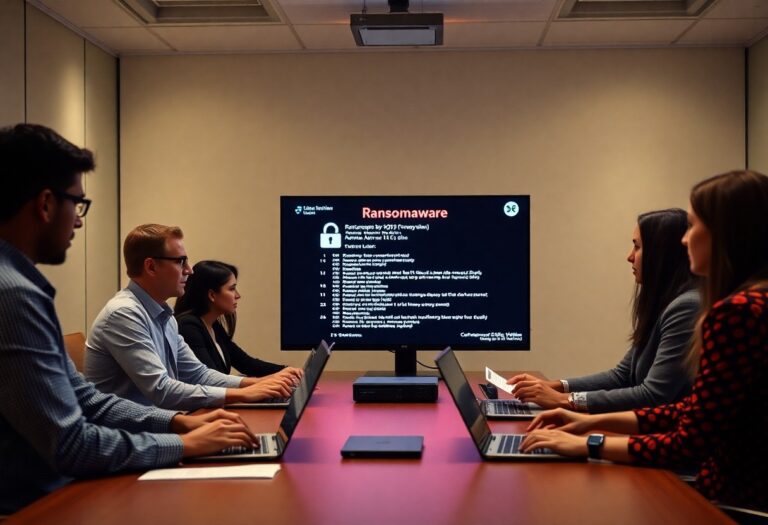“Security Operations Center: Powering Proactive Protection”
The advent of digital transformation has significantly simplified various aspects of business operations. This includes interactions between customers and companies, which facilitate the development and enhancement of products and services. However, this transformation has also increased companies reliance on data for decision-making. As organizations adopt cloud computing, IoT, and AI, the threat landscape continues to evolve indicating importance of Security Operations Center (SOC). The advent of digital transformation has significantly simplified various aspects of business operations. This include interactions between customers and companies, which facilitate the development and enhancement of products and services. However, this transformation has also increased companies’ reliance on data for decision-making.
Modern organizations are increasingly embracing Cloud Computing, the Internet of Things (IoT), and Artificial Intelligence (AI) to enhance operational efficiency. This efficiency helps companies secure competitive positions in their respective markets. However, Cloud Computing introduces risks such as data breaches, unauthorized access, and data loss. Weak IoT passwords can lead to security vulnerabilities, as adversaries can easily brute force them to access sensitive information. Additionally, the rapid integration of AI into business processes has created opportunities for adversaries to launch data poisoning attacks, which can mislead AI systems and significantly disrupt decision-making.
Future SOC Must
- Handle Advanced Threats Like AI-Driven Attacks: The integration of a Security Operations Center (SOC) enables organizations to protect their data from sophisticated threats, including AI-driven cyberattacks. These attacks range from Adversarial AI/ML (disrupting AI/ML systems with deliberate misinformation) to AI-powered ransomware (automated attack pathways) and malicious GPTs or Generative Pre-trained Transformer which is a family of artificial intelligence (AI) models that can understand and generate human-like text. (deliberately altered AI models generating misinformation).
- Integrate with Threat Intelligence Platforms Like OpenCTI: SOC efficiency improves with the integration of threat intelligence platforms such as OpenCTI. These platforms help store, organize, and visualize the latest threat information, aiding in incident response. OpenCTI also promotes collaboration by structuring threat data according to STIX 2 standards (Structured Threat Information Expression (STIX) is a language and serialization format used to exchange cyber threat intelligence (CTI).
- Provide Automated Response Capabilities with Tools Like Shuffle: Quick threat response is essential for protecting modern organizations from critical risks like data breaches. Shuffle, an open-source platform for security automation, streamlines incident responses to data security threats. As a no-code automation platform, it addresses recurring incidents such as phishing and ransomware effectively.
Are Modern Organizations Ready to Invest in Next-Gen SOCs?
What’s your opinion? Let us know your comments!








